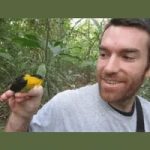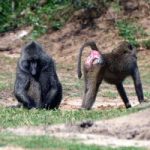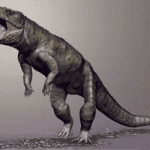Scientists are often not the greatest communicators, so most often, to bring science to the public requires one or more forms of art. But who teaches the artists, whose job it is to captivate you, about Science?
biology
Evolution and the Predictive Power of Science
Some of the great scientific theories unify our knowledge and have fundamentally changed the way we look at the world. Heliocentrism, for example, is the theory that the Earth and other planets revolve around the sun. Though the community soundly rejected it at one time, it best explained the motions of objects in the sky. In […]
Boy meets Girl : Moves like Fuxjager *
Humans aren’t the only members of the animal kingdom that work hard to impress and attract a mate. Often, guys battle it out in front of a desirable girl – hissing, flapping, ramming each other with horns. When the competition is over, the girl either accepts or rejects the boy. In this episode of Sciworks […]
The Dinosaurs in your Back Yard – SciWorks Radio Podcast
Dinosaurs are still here, and they’re an incredibly successful species. Ok, what about the fact that earth was hit by an asteroid 65 million years ago, resulting in the extinction of the dinosaurs? Three decades of evidence have forced us to re-think the story: Sixty-five million years ago, an astroid collided with Earth, resulting in […]
Investigating the Purpose of Female Beauty in Animals *
In this episode of Sciworks Radio, Shawn spoke with Dr. Courtney Fitzpatrick, former postdoctoral fellow at Duke University and a co-author of a paper in the journal Evolution investigating the purpose of female animal beauty. And it’s not as straightforward as you might expect. Male animals are often more “attractive” than their female counterparts – […]
The Carolina Butcher : 2-legged Crocodile Ancestor before the Dinosaurs *
Crocodiles and their ancestors were around a hundred million years before the dinosaurs. One of the largest of the early crocodile family was discovered right here in North Carolina. It has been investigated and described by Dr. Lindsay Zanno, Director of the Paleontology and Geology lab at the Museum of Natural Sciences in Raleigh, and […]









